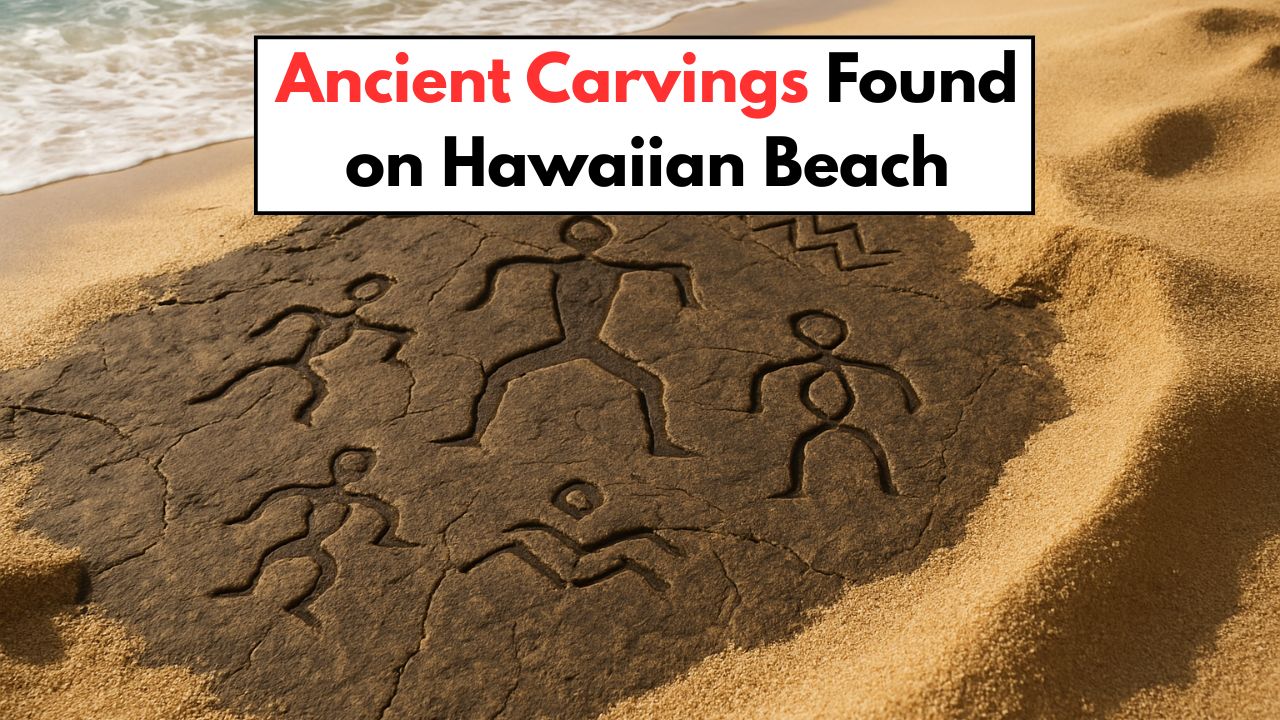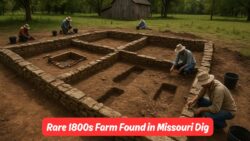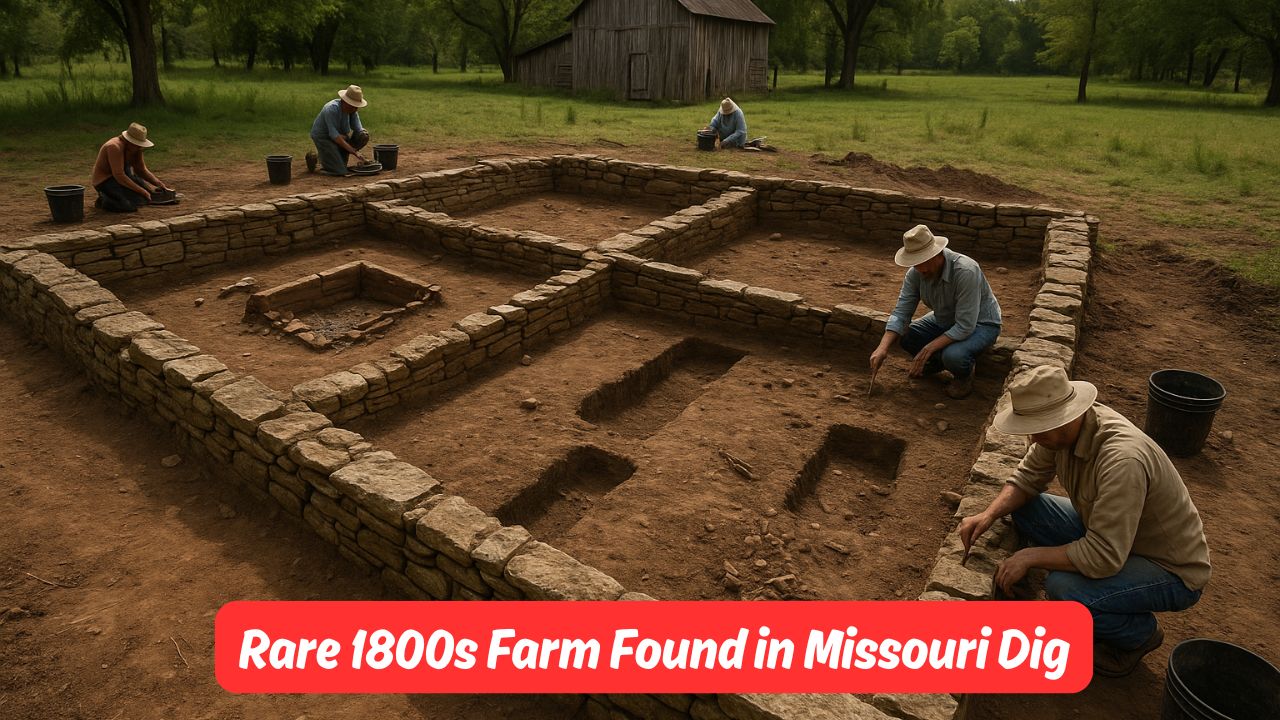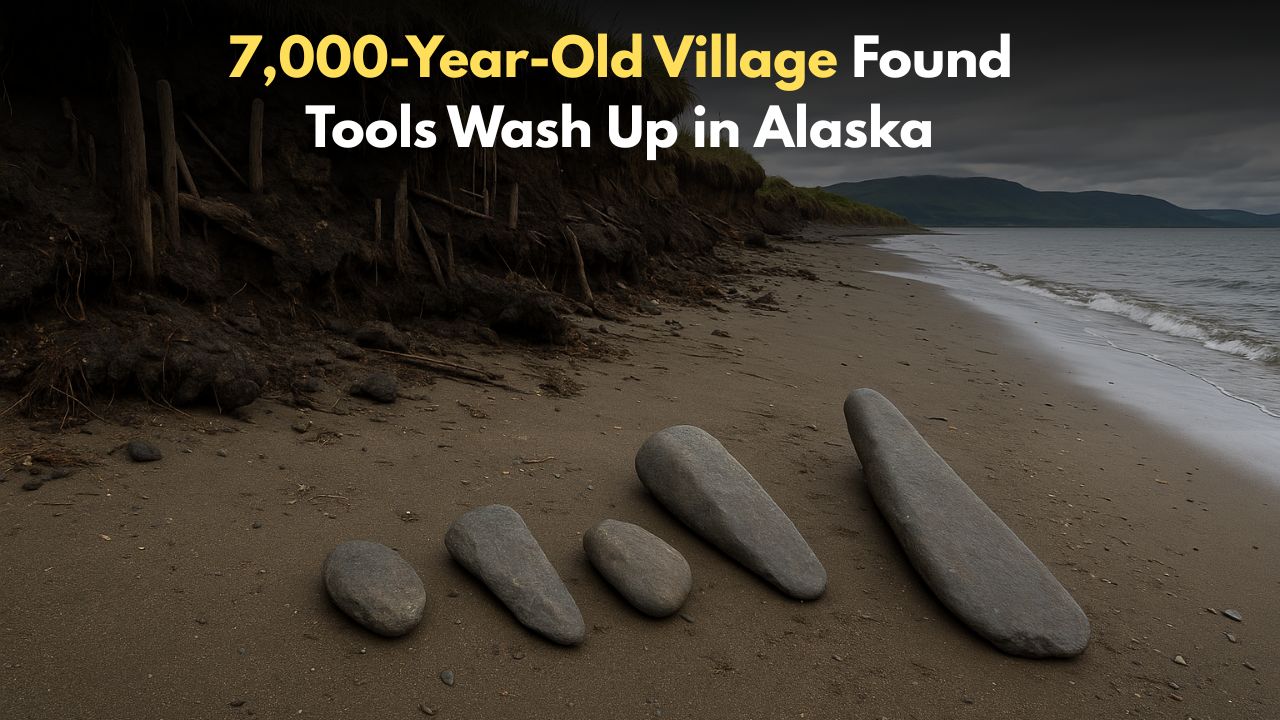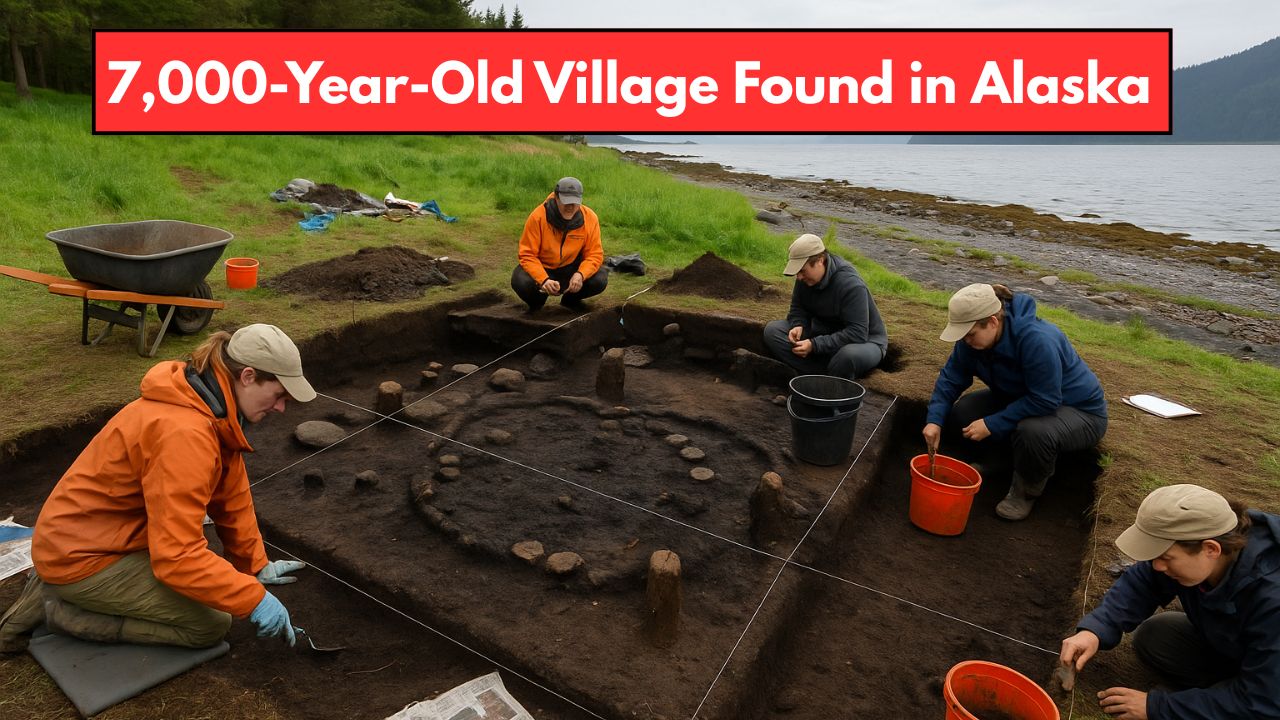Ancient Hawaiian Petroglyphs – In an awe-inspiring turn of events, shifting sands along Oʻahu’s iconic beaches have unveiled something extraordinary—ancient Hawaiian petroglyphs that lay hidden beneath the coastline for centuries. These native carvings, etched directly into volcanic rock, are offering a rare glimpse into the lives, traditions, and stories of Hawaii’s indigenous ancestors. Locals and archaeologists alike are calling this a historic rediscovery that could significantly expand our understanding of ancient Hawaiian culture and shoreline history. The recent unearthing comes after a series of storms and high tides that dramatically reshaped parts of Oʻahu’s coastline. As the winds swept the sand away, intricate carvings of human figures, canoes, and symbolic patterns began to emerge—sparking excitement among historians and cultural practitioners. These petroglyphs had not been seen for decades, possibly even centuries, due to natural sediment build-up and changes in beach geography.
The Discovery That Shook the Shore
Beachgoers strolling near a lesser-known stretch of shoreline were the first to notice unusual markings on the exposed lava rock. Within hours, local authorities and experts from the University of Hawai‘i were on-site to examine the find. Early assessments suggest that the carvings date back over 500 years—placing them around the era of early Hawaiian settlement.
Notable Features of the Petroglyphs:
- Carvings range in size from 12 inches to over 3 feet long.
- Most depict human figures in motion, some appearing to dance or surf.
- A few symbols closely resemble celestial patterns—possibly marking seasonal events.
- Some etchings show canoes, tools, and animals, indicating a storytelling element.
- Researchers believe the carvings may have spiritual or ceremonial significance.
What Are Petroglyphs and Why Are They Important?
Petroglyphs are rock carvings made by pecking, grinding, or incising the surface of a stone to create symbolic images. In Hawaiian culture, they are called kī‘i pōhaku, meaning “images in stone.”
Cultural and Historical Importance:
- Served as communication tools before written language.
- Marked historical events, territorial boundaries, or ceremonial sites.
- Provided spiritual connections to ancestors and deities.
- Often created near water sources or travel routes to tell stories or warn travelers.
The Role of Nature in Unveiling the Past
Experts say that this discovery was made possible by a rare convergence of environmental factors. Unusually strong coastal erosion, possibly linked to climate change and rising tides, played a crucial role in unearthing the ancient artwork.
Key Natural Contributors:
- Strong tidal action after a series of full moons.
- Heavy rainfall softening the sandbanks.
- Seasonal wind patterns shifting dunes inland.
- Beach nourishment projects altering coastal flow.
While these environmental shifts pose serious risks to modern infrastructure, they can unintentionally offer windows into the past—making such archaeological finds both a blessing and a warning.
Preservation Efforts Underway
The discovery has raised immediate concerns about the protection and preservation of the newly revealed petroglyphs. Exposure to sunlight, saltwater, and foot traffic could quickly deteriorate the carvings if not properly managed.
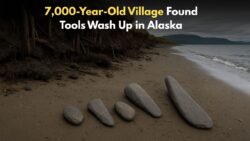 7,000-Year-Old Alutiiq Village Discovered in Alaska—Ancient Stone Tools Wash Ashore After Erosion!
7,000-Year-Old Alutiiq Village Discovered in Alaska—Ancient Stone Tools Wash Ashore After Erosion!
Steps Being Taken:
- Temporary fencing to restrict foot traffic.
- Drone mapping and 3D scanning of the site.
- Cultural assessments by Native Hawaiian organizations.
- Plans to incorporate the site into a protected heritage zone.
Local kūpuna (elders) are being consulted to interpret the meaning of the images and provide cultural guidance on how the site should be treated and whether it should remain open to the public.
Reconnecting Modern Hawaiians with Ancestral Stories
Beyond the archaeological significance, the rediscovery has sparked an emotional and spiritual response from many Native Hawaiians. For some, it’s a powerful sign that ancestral wisdom is literally resurfacing—urging modern communities to reconnect with their cultural roots.
Community Reactions:
- Cultural practitioners are organizing ceremonial blessings at the site.
- Schools are planning educational field trips to learn about native history.
- Artists and storytellers are drawing inspiration for new cultural projects.
- Social media has exploded with photos and historical interpretations, reviving interest in Oʻahu’s hidden heritage.
More Hidden Treasures May Lie Beneath
This event has led to speculation that more such petroglyphs could be hiding under Hawaii’s beaches, waiting for the right moment—or storm—to bring them back into the light. Archaeologists are planning coastal surveys using radar and imaging to identify other potential sites.
Locations Being Considered for Future Exploration:
| Beach Area | Island | Status | Potential Significance |
|---|---|---|---|
| Kualoa Beach | Oʻahu | Under observation | Mythological birthplace zone |
| Punaluʻu Beach | Big Island | Past discoveries | Known petroglyph hotspots |
| Lānaʻi South Shore | Lānaʻi | Not yet surveyed | Historical fishing village |
| Molokaʻi North Shore | Molokaʻi | Highly eroded | Tribal meeting ground records |
| Hōkūleʻa Point | Oʻahu | Recently mapped | Celestial navigation ties |
| Māʻili Beach | Oʻahu | New candidate | Similar lava rock formations |
| Waipiʻo Valley | Big Island | Sacred zone | Burial and spiritual carvings |
Whether viewed as a scientific find, cultural revival, or spiritual moment, the petroglyphs of Oʻahu remind us that Hawaii’s history isn’t just written in books—it’s etched into the land itself. And sometimes, it takes a little movement of nature to help us see what was always there.
